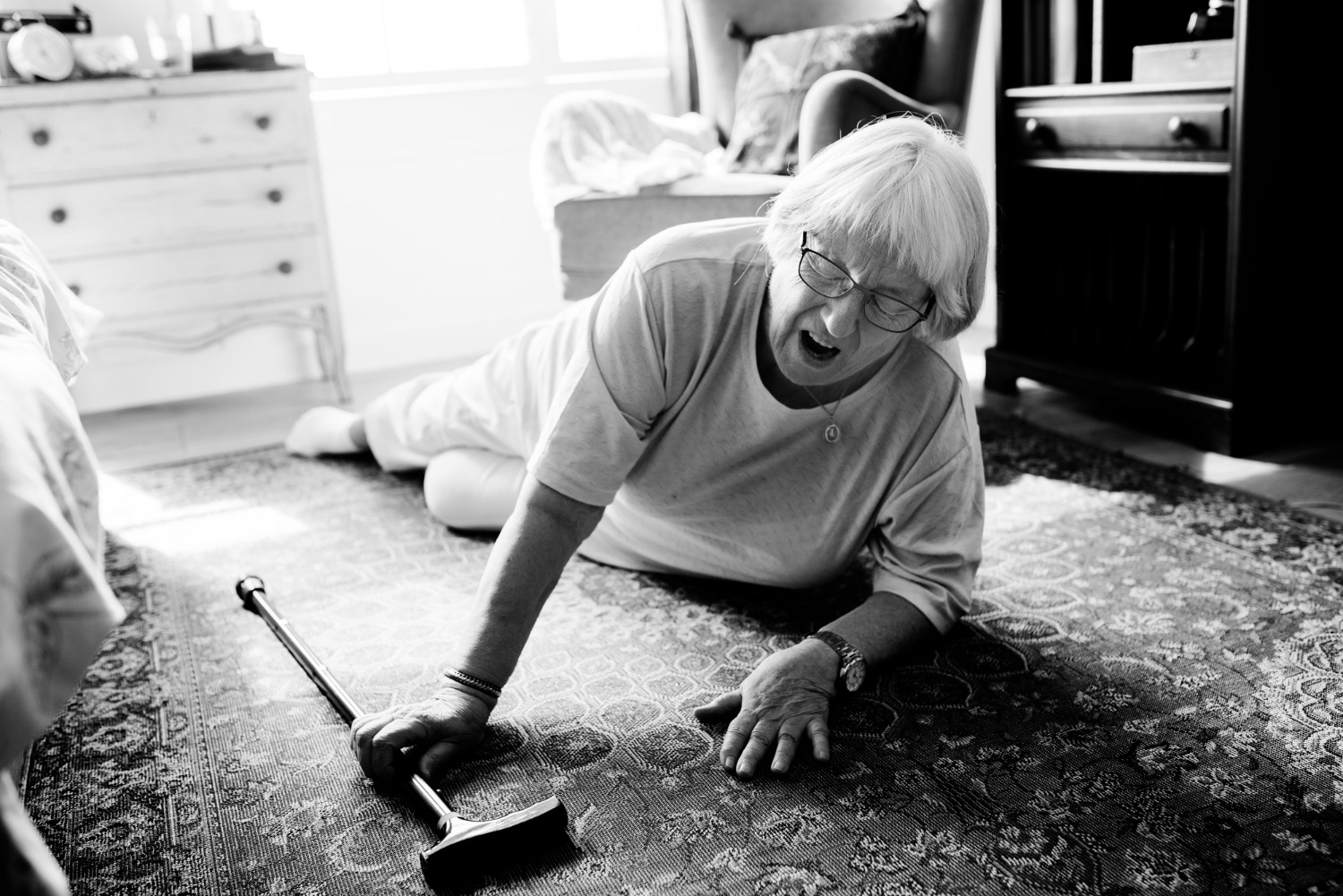
Slip and fall accidents are a common occurrence that can lead to serious injuries. According to the National Safety Council, slips and falls are the leading cause of unintentional injuries in the United States.
From minor bruises to broken bones, these accidents can significantly impact our lives. If you or someone you know has been injured in a slip and fall accident, it’s important to consult with slip and fall injury lawyers to understand your legal rights. This article will explore the common causes of slip and fall accidents and provide prevention tips.
Uneven Surfaces
Uneven surfaces are a common cause of slip and fall accidents. Whether it’s a cracked sidewalk, a loose floorboard, or a poorly maintained staircase, slight irregularities can disrupt our balance and increase the risk of falling. When we encounter uneven surfaces, our feet may not properly contact the ground, leading to loss of control and potential injury.
Examples of specific hazards that can contribute to slip and fall accidents include:
- Broken tiles: Loose or cracked tiles can create uneven surfaces that cause people to trip or slip.
- Protruding nails: Nails sticking from the floor or walls can be tripping hazards.
- Tripping hazards: Objects left on the floor, such as boxes, cords, or toys, can also create tripping hazards.
To reduce the risk of slip and fall accidents, it’s important to be aware of uneven surfaces and take steps to avoid them. This may involve walking slowly and carefully, using caution when descending stairs, and being mindful of potential hazards.
Wet and Slippery Surfaces
Wet surfaces, both indoors and outdoors, can be extremely dangerous. According to the National Floor Safety Institute, slip and fall accidents on wet floors account for many injuries every year. Rain, spills, and improper cleaning can all contribute to slippery conditions.
When floors become wet, the friction between our shoes and the surface is reduced, making it easier to slip and fall. This is especially true on hard surfaces like tile, marble, and concrete. Even a small amount of water can create a slippery hazard.
To reduce the risk of slip and fall accidents on wet surfaces, it’s important to take the following precautions:
- Proper signage: Use clear and visible signage to warn people of wet floors.
- Non-slip floor treatments: Apply non-slip floor treatments to reduce the risk of slipping on wet surfaces.
- Quick cleanup: Clean up spills promptly to prevent them from becoming slippery hazards.
By taking these steps, we can help create safer environments and reduce the number of slip and fall accidents.
Obstacles and Clutter
Obstacles and clutter can create serious tripping hazards. Whether boxes are left in the middle of a hallway, cords are strewn across the floor, or furniture is placed too close together, even small obstructions can increase the risk of accidents.
Common culprits that can contribute to tripping hazards include:
- Boxes: Boxes, especially stacked precariously, can be a major tripping hazard.
- Cords: Electrical, phone chargers, and other cords can be easily overlooked and cause people to trip.
- Furniture: Furniture placed too close together or in unexpected places can also create tripping hazards.
It’s important to maintain a clear and organized environment to reduce the risk of slip and fall accidents caused by obstacles and clutter. This means putting away items that are not in use, keeping walkways clear, and being mindful of potential hazards.
Inadequate Lighting
Poor lighting can significantly increase the risk of slip and fall accidents. When areas are dimly lit or have uneven lighting, it can be difficult to see potential hazards, such as uneven surfaces, wet floors, or obstacles. This impaired visibility can lead to accidents, as people may not be able to react quickly enough to avoid tripping or slipping.
Footwear and Clothing
The type of footwear and clothing we wear can also play a role in the risk of slip and fall accidents. Wearing shoes with poor traction can increase the likelihood of slipping on wet or slippery surfaces. Additionally, loose clothing can be a tripping hazard, especially when walking or running. To reduce the risk of accidents, it’s important to wear shoes with good traction and avoid wearing clothing that is too loose or baggy.
Age and Health Factors
Our balance, vision, and mobility may decline as we age, increasing our risk of slip and fall accidents. Decreased balance can make maintaining our footing on uneven surfaces difficult, while vision problems can impair our ability to see potential hazards. Additionally, mobility issues can make avoiding obstacles more challenging or reacting quickly to prevent a fall.

Preventing Slip and Fall Accidents
To prevent slip and fall accidents, it’s important to be aware of potential hazards and take steps to address them. Regular inspections of buildings, walkways, and other areas can help to identify and correct problems before they lead to accidents.
Proper maintenance of floors, stairs, and other surfaces is also essential. Additionally, individuals can reduce their risk of accidents by being mindful of their surroundings, wearing appropriate footwear, and avoiding hazardous activities.
Hey welcome to my blog . I am a modern women who love to share any tips on lifestyle, health, travel. Hope you join me in this journey!

Speak Your Mind